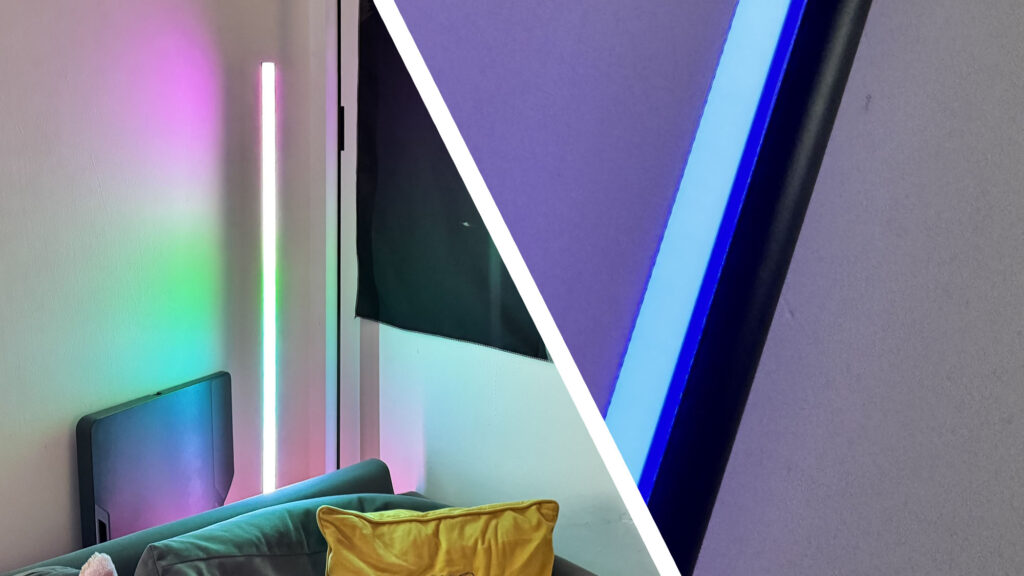🔴 Website 👉 https://u-s-news.com/
Telegram 👉 https://t.me/usnewscom_channel
There are some very interesting Philips Hue products on the way, including new Gradient Strips, Festavia string lights, and a Philips Hue Bridge Pro that can support up to 150 devices, but one rumored release has had me scratching my head – Philips Hue Essential.
These appear to be slightly lower-spec versions of standard Hue smart light bulbs, and will presumably have a more modest price tag to match – but why? Who, exactly, is Philips Hue Essentials for?
The budget end of the smart lighting market is already dominated by the likes of Govee, Ikea, and WiZ – and that’s where things get interesting. You see, WiZ lights are made by a company called Signify – the same company that makes Philips Hue products under license. Why would it pit its two brands against one another with a low-cost version of Hue?
Well, it isn’t – not quite. Aside from price, one of the key differences between WiZ and Philips Hue is connectivity. WiZ lights connect directly to Wi-Fi, meaning there’s no need for a hub, and they’re easier to set up. They’re a good option if you just want one or two bulbs and aren’t planning to build a sophisticated lighting system with switches and sensors.
Although you can control individual Philips Hue lights from your phone using Bluetooth, most people will use them with a Philips Hue Bridge, which plugs into your router and uses the Zigbee wireless protocol to create a mesh network that links all your devices together. No Wi-Fi necessary.
Using Zigbee rather than Wi-Fi means you can have a lot more smart lights in your home (a typical home Wi-Fi router isn’t really intended to communicate with more than a couple of dozen devices), with better range without the need for a Wi-Fi extender. (Zigbee devices also use less power, though LED bulbs aren’t huge energy-hogs to begin with, so you’re not likely to notice a huge difference on that front.)
Philips Hue Essential and WiZ bulbs, therefore, aren’t filling quite the same niche. If you only ever intend to own a couple of smart lights, then WiZ would be just fine, but Hue Essential will give you the option to expand your setup much further in the future, should you choose to.
A bright idea?
“Hue stretches across indoor and outdoor, and has different variants of products in all those categories,” Giuliano Ghidini, Business and Marketing leader at Signify, told me in a recent interview.
“Hue offers a more comprehensive range so you can cover all rooms, and thanks to the technology it’s based on, Zigbee, with a Hue hub, you have very good coverage indoor and outdoor, and very high reliability without putting too much stress on your Wi-Fi network.”
That makes Hue appealing if you have a generous budget and can afford to deck out your entire house, but the high entry price can be off-putting otherwise. A starter kit of two White & Color Ambiance bulbs bundled with a Hue Bridge might cost as much as $140 / £130 / AU$190. When you can pick up four Govee bulbs for a quarter of the price, with no hub necessary, it’s easy to see why homeowners with more modest needs would write off Hue.
The Philips Hue Essential series, depending on how it’s priced, sounds like it could offer the best of both worlds, with a palatable asking price and the ability to expand your smart lighting setup as much as you like later on, or just keep it simple and not feel like you’re under-utilizing it.
Essential? Perhaps not quite, but certainly more tempting.
